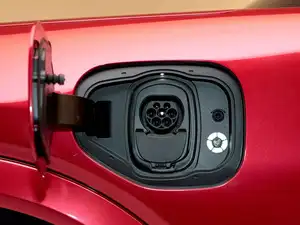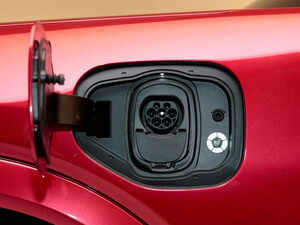A Revolutionary Electric Vehicle in Japan
In the rural suburbs of Hiroshima, a Japanese startup, KG Motors, is attempting to revolutionize the nation’s electric vehicle (EV) market with the smallest and cheapest car possible. The company has developed a battery-powered one-seater called the ‘mibot,’ which more closely resembles a futuristic golf cart than a modern EV or traditional car. Despite its unconventional design, over half of the 3,300 units KG Motors plans to deliver in 2027 have already been pre-sold.

The mibot has been designed to tackle Japan’s narrow streets and aging population issues. With a height of under 1.5 meters, it has a range of 100 kilometers, a charging time of five hours, and a top speed of 60 kilometers per hour. The vehicle will cost ¥1 million ($7,000) before tax when production starts in October at KG Motors’ new factory.
Addressing Japan’s EV Market Challenges
The Japanese EV market has been challenging for both domestic and foreign automakers. EVs accounted for only about 3.5% of total vehicle sales in 2023, significantly lower than the global average of 18%. KG Motors’ innovative approach with the mibot aims to change this by catering to rural areas where public transportation is limited.
Strong Pre-Sales and Future Plans
KG Motors has received 2,250 orders for the mibot, with over 95% coming from homeowners with at least one vehicle. The company plans to deliver the first 300 units to customers in Hiroshima and Tokyo by mid-next year, followed by nationwide shipments. Despite initial losses, KG Motors aims to break even on the second batch and produce around 10,000 units annually thereafter.
The success of the mibot could pave the way for a new segment in the EV market, focusing on compact, cost-efficient vehicles for rural areas. As Kusunoki, the founder of KG Motors, noted, “In rural parts of the country, public transportation systems are in shambles. This might be hard for someone living in Tokyo to understand, but at some point, it becomes necessary to have one car per person, not just per household.”



